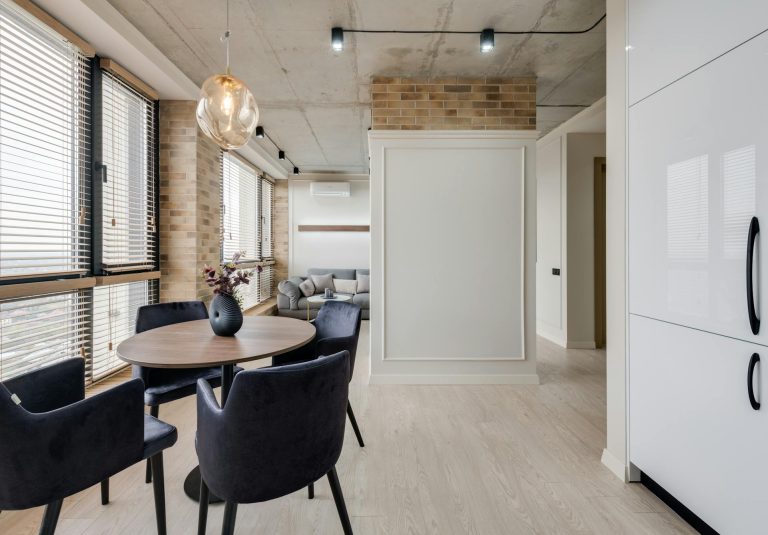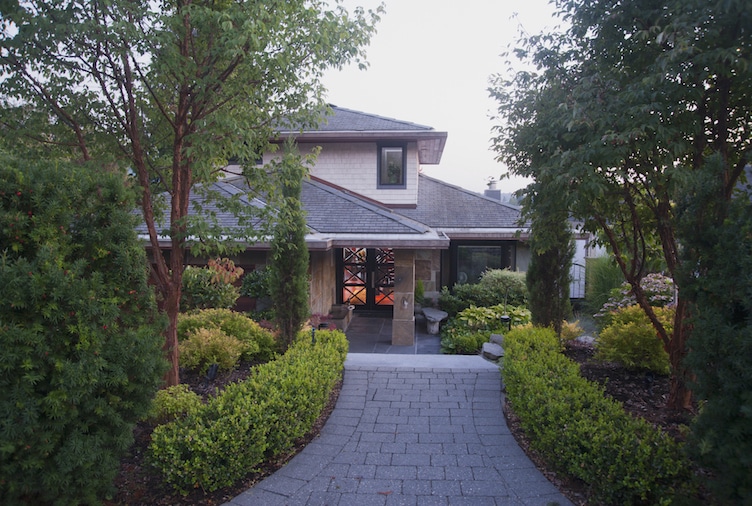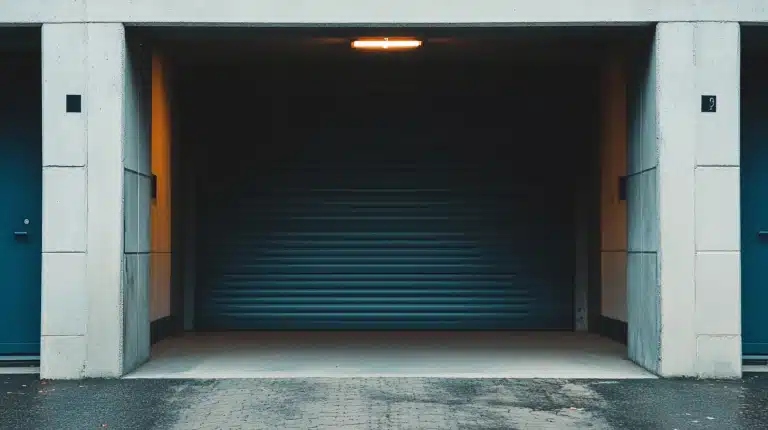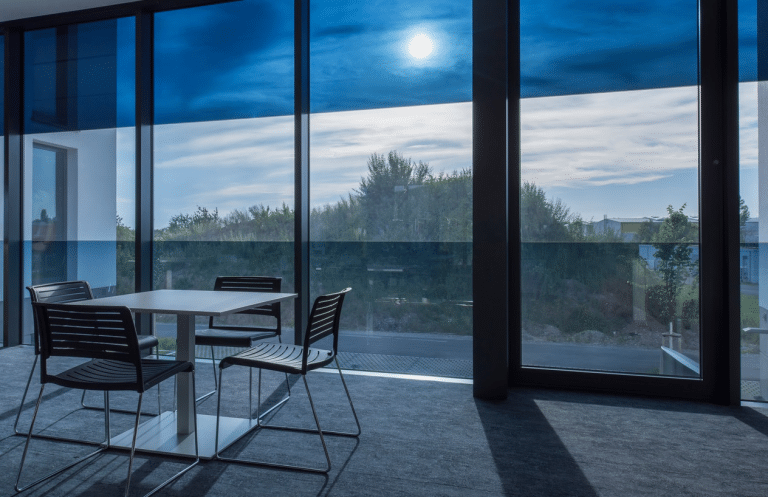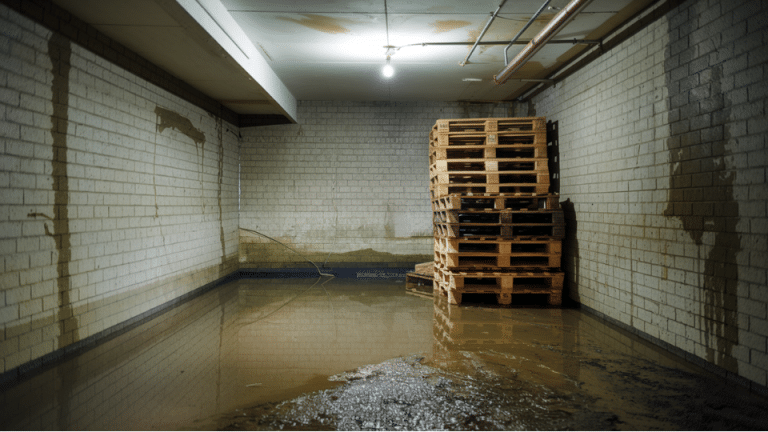The Art of Longevity in Architectural Roofing
Roofs are simple structures that hide complexity beneath their surface. Compelled to withstand nature’s fiercest elements while simultaneously providing shelter, roofing is an architectural feat often taken for granted. Contrary to the whims of other design elements, the roof is essential for endurance and durability.
The Historical Perspective
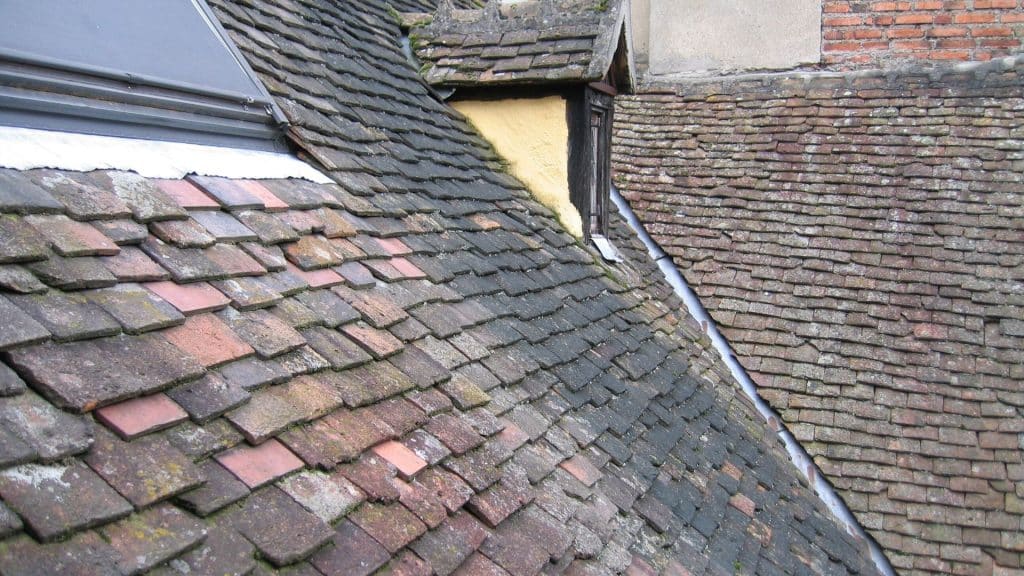
Time seems to have granted roofs a degree of reverence. Historical edifices from the pyramids of Egypt to medieval castles illustrate the mix of art and science in roofing’s past. What these ancient structures lacked in modern techniques, they compensated for with an innate understanding of materials and angles. From basic thatched shelters to Byzantium’s ornate domes, roofs signify resilience.
Throughout history, the roof not only provided shelter but also served symbolic purposes. Many cultures considered the roof’s design a reflection of their social status and religious beliefs. For example, roofs adorned with intricate carvings or gold leaf were often indicative of power and spirituality. The Chinese pagoda roofs, with their upward-sweeping eaves, were believed to ward off evil spirits and bring good fortune, showcasing the cultural significance of roof styling.
The Science of Roofing Materials
The quest for longevity in roofing begins with materials. Wood, clay, metal, and slate each tell a story of adaptation to environmental demands. Unsurprisingly, each material offers a play between heft, cost, and protective promise. Clay tiles have graced rooftops for centuries, surprisingly resilient to nature’s mood swings, and enduring decades with little wear. Metals such as copper acquire a distinct patina over time, adding character on top of their weather-resistant properties. Meanwhile, wood shingles allude to a rustic appeal but require vigilant care. Lastly, slate reigns with elegant resilience, its only adversary being the pull of gravity it places upon supporting structures.
The art of roofing often calls for discerning choices when selecting materials, especially for those looking to install a new tile roof. This choice melds historical reliance on the strength of tiles with current techniques to ensure durability across decades.
Advancements in material science have also contributed to creating more sustainable roofing solutions. Recycled content roofing is now an option for those seeking environmentally friendly choices. Asphalt shingles, for instance, can include recycled materials, decreasing the strain on natural resources. Additionally, the development of rubber roofing made from recycled tires exemplifies how resource efficiency can coexist with durability, offering new pathways to long-lasting roofs without compromising environmental ethics.
Angles and Airtightness
Angles are imperative to roofing longevity, where physics dictates a roof’s ability to shed elements. Steeper slopes allow rain to whisk away, minimizing water pooling and potential leaks. A flat roof, by contrast, calls for creative solutions to counteract gravity’s desire to invite water damage.
A roof’s effectiveness isn’t merely a measure of its outward-facing materials but of the structures beneath it. Insulation plays its part by conserving warmth in colder climes and reflecting heat in sunnier regions. Meanwhile, proper ventilation balances the dynamics inside and out, curbing mold and warding off excessive heat buildup.
The subtleties of climate and local weather patterns heavily influence the choice of roofing angles. In regions plagued by heavy snowfall, the sheer weight of accumulated snow requires sharper inclines. Conversely, storm-prone areas might opt for angles that minimize wind resistance, reducing the likelihood of tiles being uprooted. The designers must consider these environmental factors to ensure a harmonious interaction between nature and human construction.
Maintenance’s Dominance
In architectural roofing, as in life, the irony is that preservation extends life. Regular maintenance is a requirement, not a choice. Inspections, especially following nature’s tantrums, help detect wear, seal flashing, and assess the integrity of gutter systems. Neglect might be cheaper in the now, but ultimately pricier in the long run. A clean, unclogged gutter speaks volumes about runoff and waterborne damage prevention.
Timely repairs also prevent minor glitches from blooming into full-blown faults. Replacing a broken tile or resealing a gap may seem trivial, but these acts extend the kindness of time over decades.
Community initiatives and educational programs focusing on roof maintenance awareness can significantly impact by encouraging property owners to care for their structures proactively. Workshops and guides can demystify roofing tasks, helping individuals recognize issues before they escalate into costly repairs. When communities embrace this proactive approach, the positive effects echo beyond individual properties, contributing to neighborhood sustainability and preservation.
Emerging Trends with Traditional Roots
Even as trends ebb and flow, some turn to contemporary adaptations of old favorites. Green roofs, for instance, marry nature with modernity, adding insulation and aesthetic charm to urban spaces. Solar roofing, another innovation, amalgamates efficiency with sustainability, converting sunlight into energy while holding up against the elements.
Concluding Thoughts
Architectural roofing stands between humanity and nature’s unpredictable whims. There lies art in creating structures that not only please the eye but do so across ages. By leveraging historical wisdom, contemporary materials, and timely upkeep, the roofs of today may echo the endurance of past centuries. Through this delicate craft, architects sculpt protection, promising both beauty and longevity well into the future.


